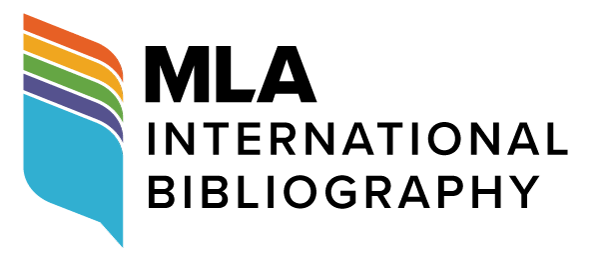Language Contrasts in Translation: Cognitive and Practical Consequences
DOI:
https://doi.org/10.18485/bells.2018.10.3Keywords:
causation, deixis, intentionality, motion, translationAbstract
Can language differences bring about different conceptualisations of events? We shall see in this paper that they can, in the context of translation and also in some other contexts of language use, such as memory and judgment. The focus here is primarily on translation and its relationship with other research areas such as contrastive and cognitive linguistics. I illustrate how all these areas can be mutually informative and benefit from a closer interaction. The theoretical background for the analysis is given within the framework of Applied Language Typology, which is a novel platform for investigation of language contrasts in different practical contexts of multilingual use, such as interpreting, translating, language learning and teaching or legal communication such as police interviews and evidence-gathering. Two cognitive domains, motion and causation and the means to lexicalise them in different languages are discussed, including contrasting features at the morphological, syntactic and semantic level. I conclude that a holistic approach to language contrasts, which involves use of different empirical approaches that probe for their cognitive and practical consequences, is the way forward for contrastive applied language research.
Downloads
References
Downloads
Published
Issue
Section
License

This work is licensed under a Creative Commons Attribution-ShareAlike 4.0 International License.
Authors who publish with this journal agree to the following terms:
- Authors are confirming that they are the authors of the submitting article, which will be published (print and online) in Belgrade English Language and Literature Studies by the Faculty of Philology, University of Belgrade (Faculty of Philology, Studentski trg 3, 11000 Belgrade, Serbia). Author’s name will be evident in the printed article in the journal. All decisions regarding layout and distribution of the work are in hands of the publisher.
- Authors guarantee that the work is their own original creation and does not infringe any statutory or common-law copyright or any proprietary right of any third party. In case of claims by third parties, authors commit their self to defend the interests of the publisher, and shall cover any potential costs.
- Authors retain copyright and grant the journal right of first publication with the work simultaneously licensed under a Creative Commons Attribution-ShareAlike 4.0 International License that allows others to share the work with an acknowledgement of the work's authorship and initial publication in this journal.
- Authors are able to enter into separate, additional contractual arrangements for the non-exclusive distribution of the journal's published version of the work (e.g., post it to an institutional repository or publish it in a book), with an acknowledgement of its initial publication in this journal.
- Authors are permitted and encouraged to post their work online (e.g., in institutional repositories or on their website) prior to and during the submission process, as it can lead to productive exchanges, as well as earlier and greater citation of published work.




